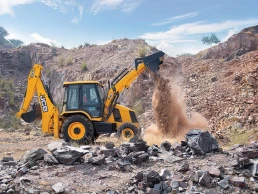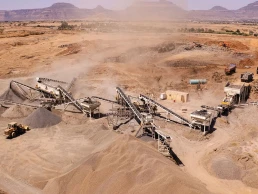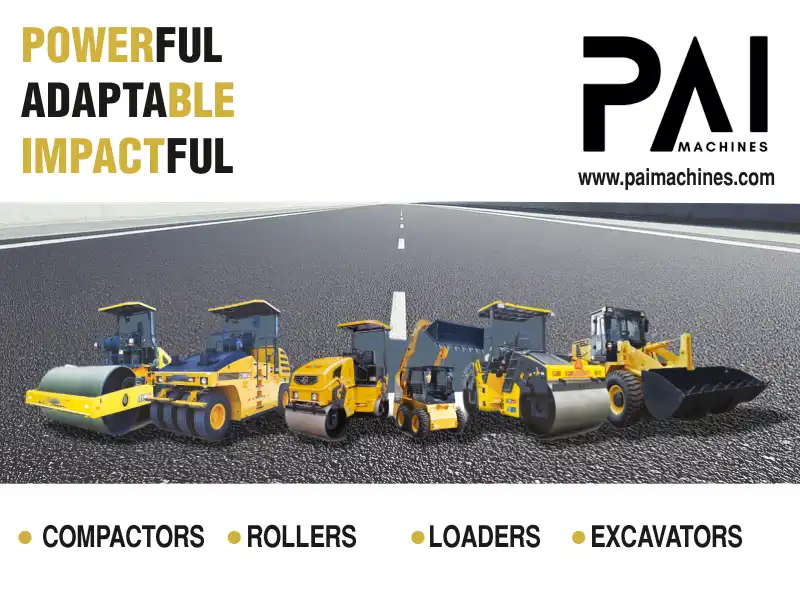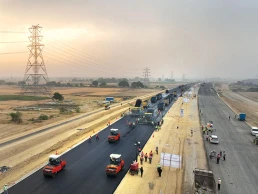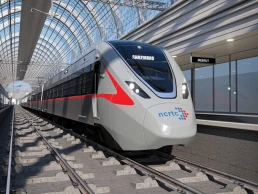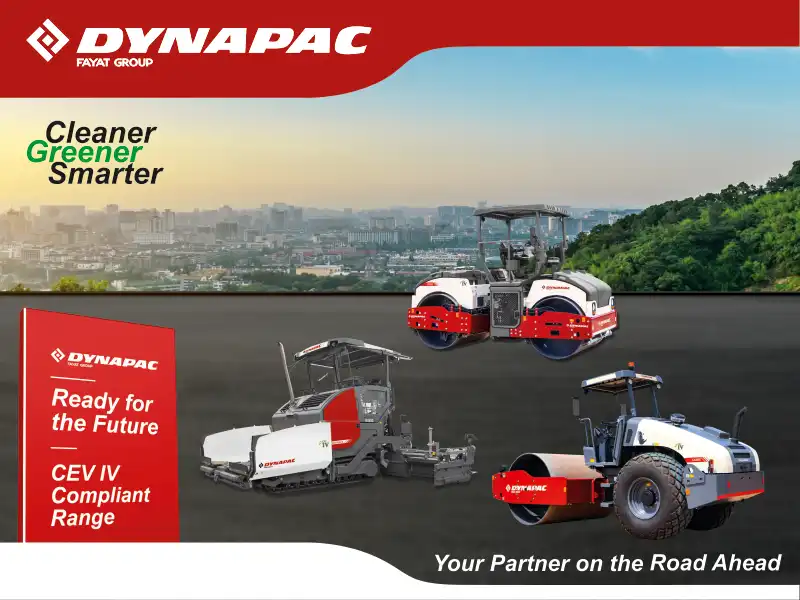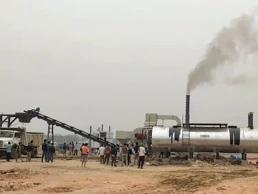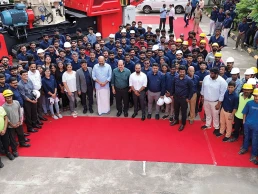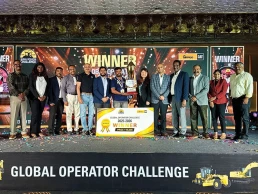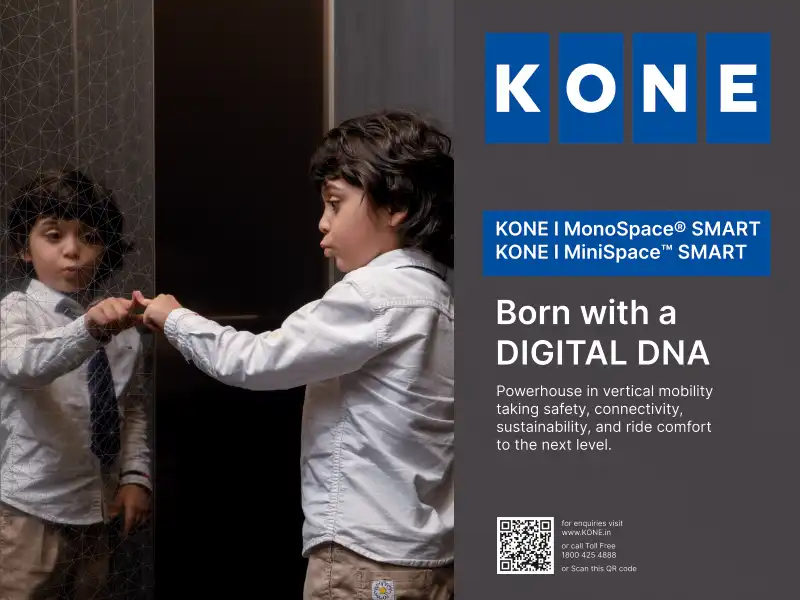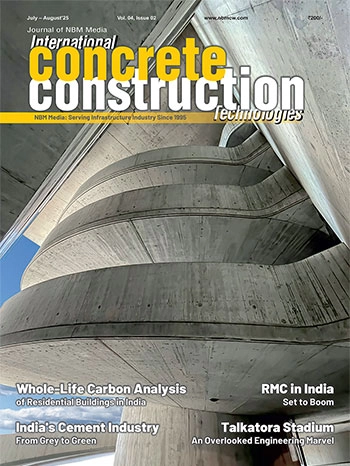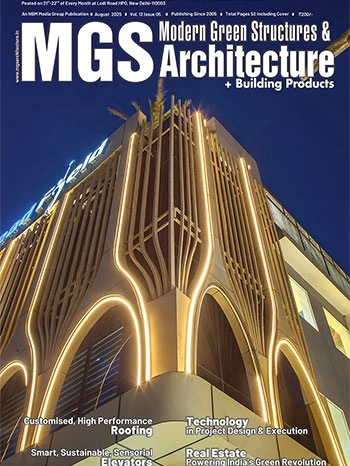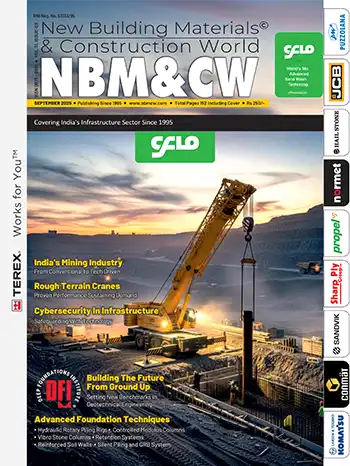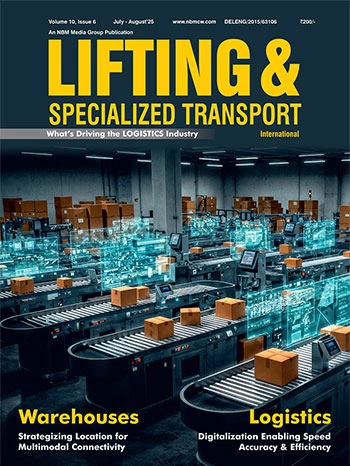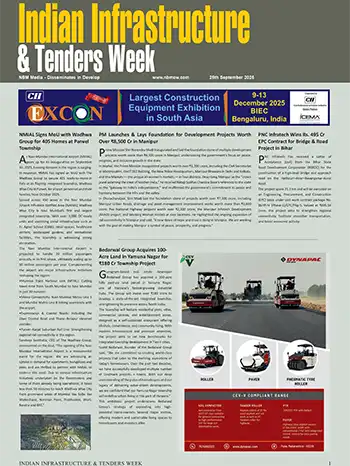GR Infraprojects: Developing Ropeway Solutions for Urban and Tourism Mobility

“Technology is at the core of our ropeway solutions. We’re leveraging advanced control systems, automation, and international safety protocols to offer a world-class passenger experience while solving urban mobility challenges.”
Anirudh Kumar Jaswal, Business Head- Ropeways - G R Infraprojects Limited
How do you see the ropeway sector evolving in India, and what role does GR Infraprojects aim to play in shaping this transformation?
India is witnessing a paradigm shift in urban and tourism mobility planning, where ropeways are emerging as a credible solution to decongest cities, enhance last-mile connectivity, and provide climate-resilient, sustainable infrastructure. Initiatives like the Parvatmala Pariyojana, under the aegis of the Ministry of Road Transport and Highways and coordinated by NHLML, have brought ropeways into the national spotlight with robust policy support and funding mechanisms such as the Hybrid Annuity Model (HAM).
We expect the ropeway market to grow significantly in the next 5–10 years, driven by urban congestion, limitations of traditional modes in hilly and dense geographies, and the need for greener transit options. India’s ropeway landscape is now evolving from being purely tourism-oriented to serving dual roles: urban transit and tourism infrastructure.
GR Infraprojects Ltd. envisions playing a pioneering role in this transformation. Leveraging our strong engineering and execution background, we aim to be among the leading Indian developers in ropeway infrastructure, delivering fully integrated solutions under DBFOT/HAM models with global ropeway OEMs, promoting Make-in-India component localization where feasible, and ensuring long-term operations with the highest international safety standards.
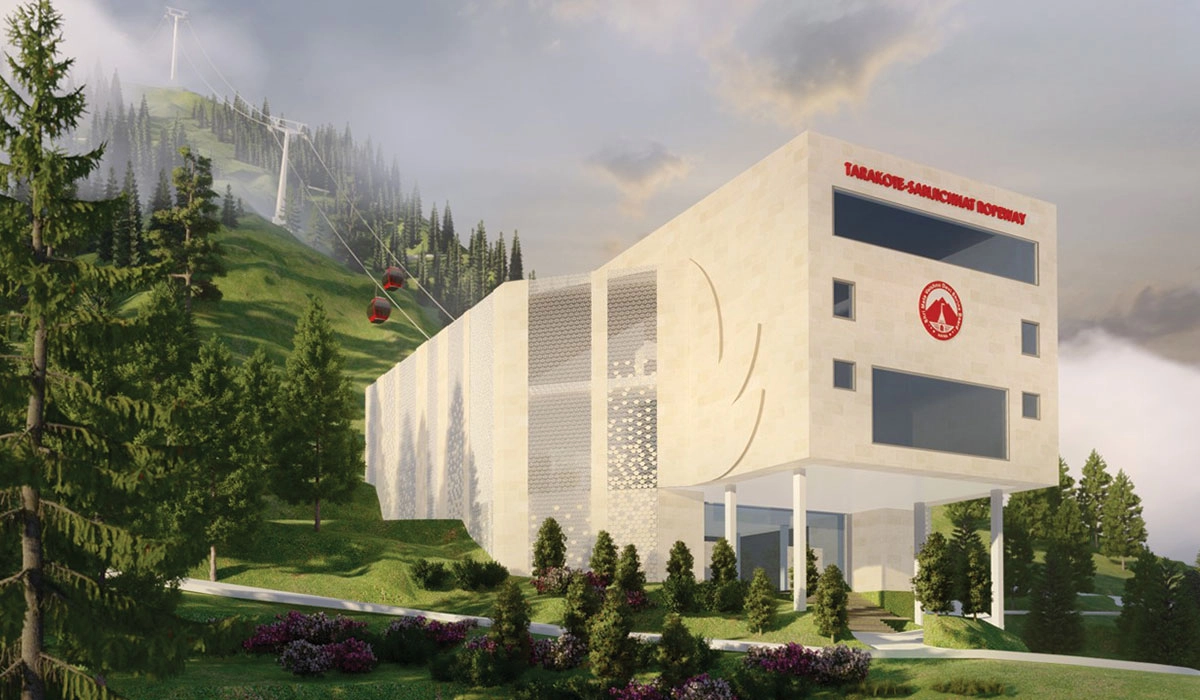
Please tell us about GR Infraprojects’ key ropeway projects in India?
Our flagship ropeway project is the Tarakote–Sanjichhat Ropeway at Shri Mata Vaishno Devi Shrine in Katra, awarded under a DBFOT model by the Shri Mata Vaishno Devi Shrine Board (SMVDSB). This is among the largest mono-cable detachable gondola (MDG) systems in India, being executed under international (CEN) standards. The ropeway spans 2.6 kilometers, with inclinations reaching a staggering 81% at several points, making it one of the steepest cable cars in the country.
The project will reduce the steep trek of 6 hours to the holy shrine making the pilgrimage more accessible for senior citizens, children, and those with physical limitations. With over 90 lakh pilgrims visiting the shrine annually, this ropeway is set to revolutionize religious tourism and improve crowd management in one of India’s most sacred corridors.
Apart from this, we are actively evaluating urban ropeway corridors under the Parvatmala initiative, as well as exploring options to fully integrate ropeways as last-mile connectivity solutions in Tier 1 cities.
What role do digital technologies play in executing complex ropeway projects, especially in challenging terrains like the Himalayas?
Given the high precision and terrain complexities involved in ropeway projects, advanced digital technologies are not optional, they’re essential. We rely extensively on LiDAR-based topographic surveys, which enable accurate digital terrain modeling of fragile and shifting mountain landscapes. This helps mitigate risks arising from Himalayan tectonic movement.
BIM is used for integrated coordination between structural works and imported electromechanical systems, ensuring flawless alignment during execution. This is especially crucial when OEMs are overseas and systems must integrate seamlessly onsite in India.
Digital project management tools, including cloud-based coordination platforms, ensure real-time collaboration between our design team, international OEMs, and ground execution teams. This reduces delays, improves interface management, and enhances quality control across the value chain. These tools have become game changers in the ropeway ecosystem, enabling seamless collaboration between Indian and international engineering teams, all working towards a shared mission of delivering world-class ropeway systems in India.
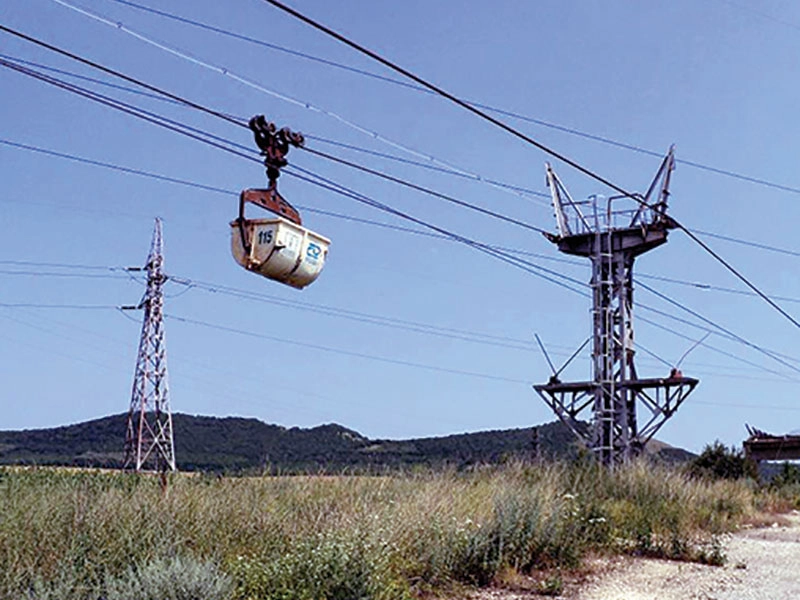
How does GR Infraprojects ensure safety in its ropeway projects, especially given the unique risks involved?
Safety in ropeway systems is comparable to aviation-level standards, as passenger safety rests entirely with the developer-operator and not the commuter, unlike on highways. At GRIL, we adhere strictly to CEN European Standards for design, manufacture, and operations, ensuring that all systems have CE certification and are compliant at every stage. We also follow BIS norms wherever applicable, based on India-specific scenarios.
Our dedicated Operations, Group EHS, and Design teams collectively foster a strong safety culture across all phases—design, installation, and long-term operations. We believe our people are the foundation of safety, and we continuously invest in their training and development. In collaboration with premier institutions such as the IITs, we ensure our teams are equipped with the latest best practices and evolving safety protocols.
At our under-construction Katra project, we are setting new benchmarks by integrating AI-based monitoring systems to proactively identify and mitigate potential safety hazards, making it a one-of-a-kind initiative in ropeway operations in India.
How effective is the HAM model for ropeway projects, and what changes do you suggest to make it more suitable for the sector?
The HAM model, adapted from highways to ropeways with a 60:40 funding split, has certainly improved the bankability of projects during the construction phase. However, ropeways differ significantly from roads, as nearly 70% of the costs are for imported electromechanical systems, which come with foreign exchange exposure, high upfront costs, and long lead times.
Moreover, the O&M phase in ropeways is far more capital- and risk-intensive, since developers bear full responsibility for safety, performance, and lifecycle maintenance of complex systems. So, while HAM is a good starting point, its current structure underestimates the post-COD risks.
Just as NHAI introduced the innovative HAM in 2016 to transform highway development, we believe similar forward-looking models are needed to support ropeway projects—particularly during the operations phase. This could also include long-term tariff stabilization, incentives for localization, after-sales infrastructure under Atmanirbhar Bharat, and custom duty reductions or waivers for imported electromechanical systems. These strategic interventions would go a long way in de-risking the sector, enhancing financial viability, and attracting high-quality private investment for sustained growth.

































